DIY Liquid Fertilizer For Plants – 5 Powerful Tonics To Make
Homemade liquid fertilizer has myriad benefits for vegetables, garden plants, and houseplants. Discover natural tonics that are quick, easy, and cheap to make.
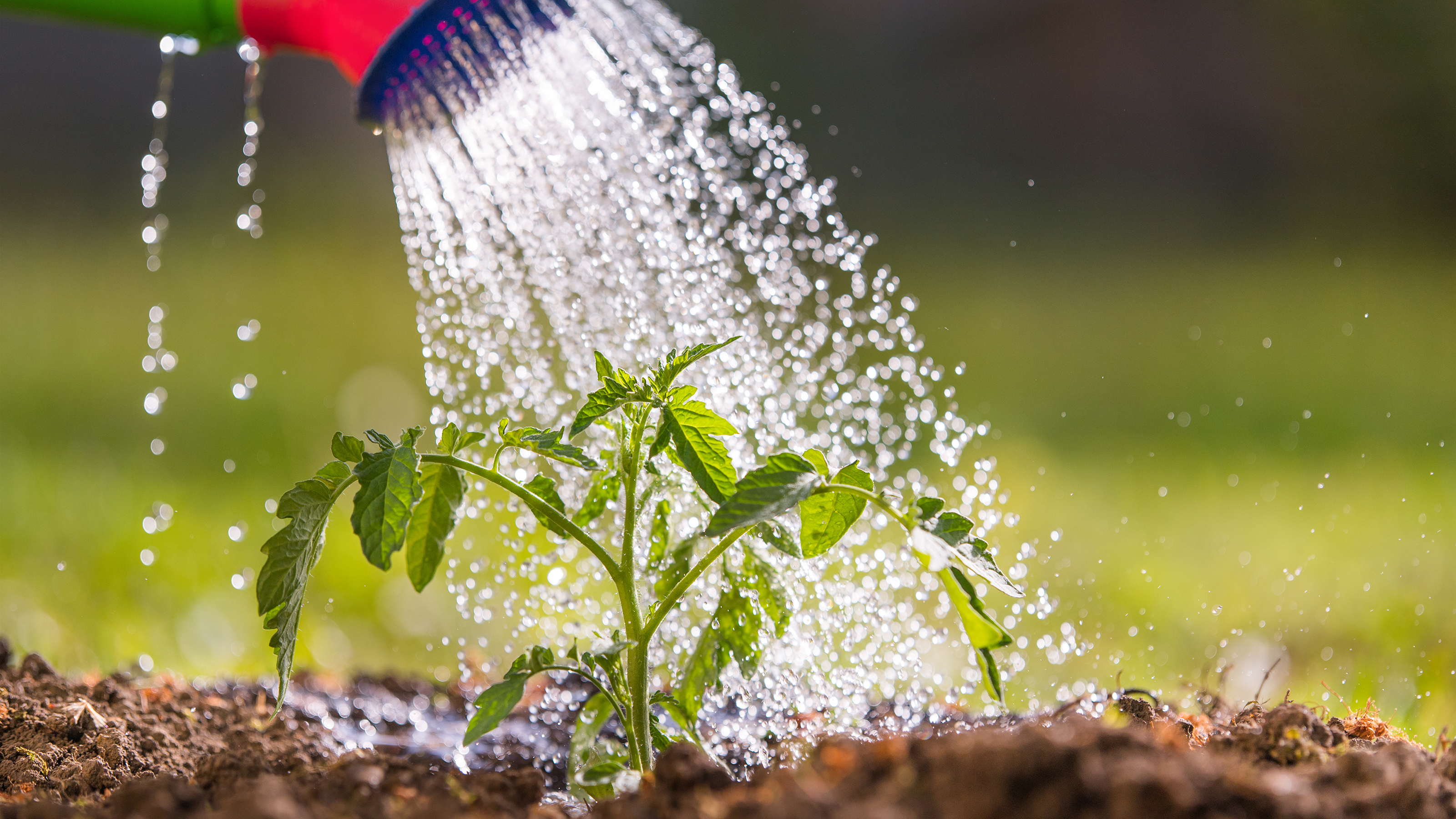

Plants need nutrients to grow, thrive, and produce. You can find all kinds of fertilizers and plant food products online or at your garden center. But liquid fertilizer for plants is easy to make at home.
Organic fertilizers are much kinder for the environment than chemical fertilizers, and can be made using ingredients readily available in your kitchen and garden.
These liquid plant tonics are powerful, organic, and cost almost nothing.
Why Make Liquid Fertilizer For Plants?
Fertilizers come in two main forms: granular and liquid. Granular fertilizers contain a mix of individual particles applied at the soil level or mixed into the soil. Liquid fertilizers are nutrients dissolved in water that can be sprayed onto the soil or directly onto plants.
Liquid fertilizers are increasingly popular for several reasons:
- Liquids are easier to apply and act more quickly than granular products.
- Liquid fertilizers can be applied more uniformly.
- Liquids work well for feeding seedlings and new plants and can also be applied for a mid-season boost.
- Granular products create areas of high salt content that roots often avoid. Liquids do not cause this issue.
Liquid fertilizers for plants are particularly beneficial for new seedlings and container plants. They can also provide a boost for bedding plants in early spring and throughout the growing season.
Ingredients & Nutrients
Fertilizers provide three primary nutrients for plants: nitrogen for foliage growth, phosphorous for root growth, and potassium for flowering and fruiting. Plants also need many micronutrients, like iron, copper, and manganese.
Gardening tips, videos, info and more delivered right to your inbox!
Sign up for the Gardening Know How newsletter today and receive a free copy of our e-book "How to Grow Delicious Tomatoes".
A homemade liquid tonic cannot give you the same nutrient precision as a store-bought fertilizer, but you can manipulate the ratios to some extent through the choice of ingredients:
- Nitrogen – manure, weeds, grass clippings, comfrey, stinging nettle.
- Phosphorus – banana peels, comfrey, lamb’s quarter
- Potassium – banana peels, dandelions, stinging nettles, comfrey, borage, alliums, horsetail, chicory
5 DIY Plant Tonic Recipes
Homemade liquid plant fertilizers – also known as plant tonics or compost tea – are easy to make and allow you to get more out of organic waste.
Although you cannot get the precise nutrient mix of a store-bought product, you can manipulate these tonics to emphasize one or more nutrients.
Here are some easy recipes to try:
1. Weed Tea
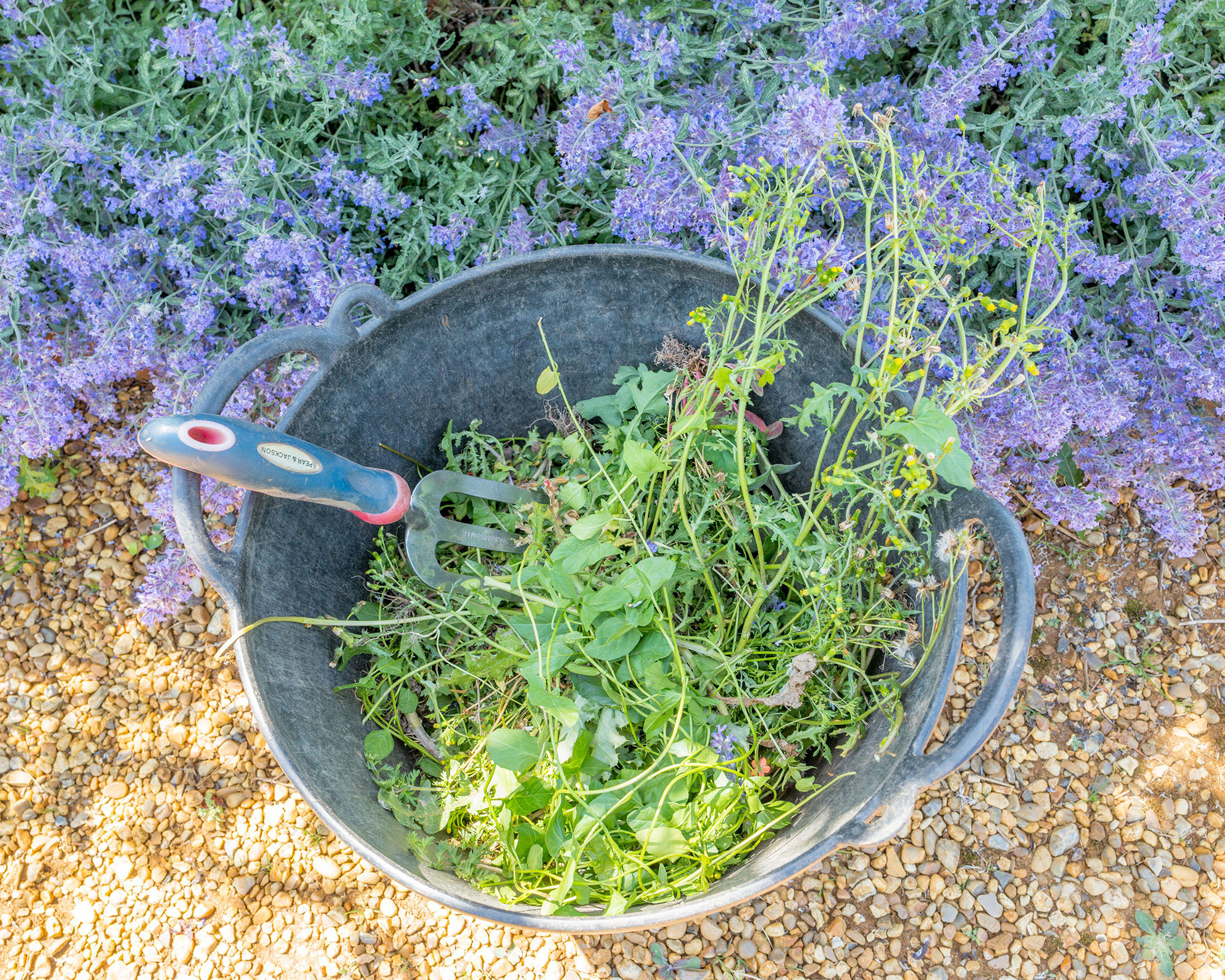
Weed tea is a rich fertilizer that takes the nutrients from weeds, without the seeds. Use this basic recipe to make a tonic for any use in the garden or with houseplants and seedlings:
- Add weeds to a bucket as you pull them.
- When the bucket is about half full of weeds, add water, preferably rainwater.
- Cover the bucket with mesh to keep mosquitoes from laying eggs in the water.
- Let the bucket sit for a few days or a couple of weeks to brew.
- Strain off the weeds and use the liquid as your fertilizer. Dispose of the weeds or add them to your compost pile.
This makes a good general fertilizer with any mix of weeds. Add specific weeds in higher concentrations to vary the nutrient content. Apply it no more than every two weeks.
2. Compost Tea
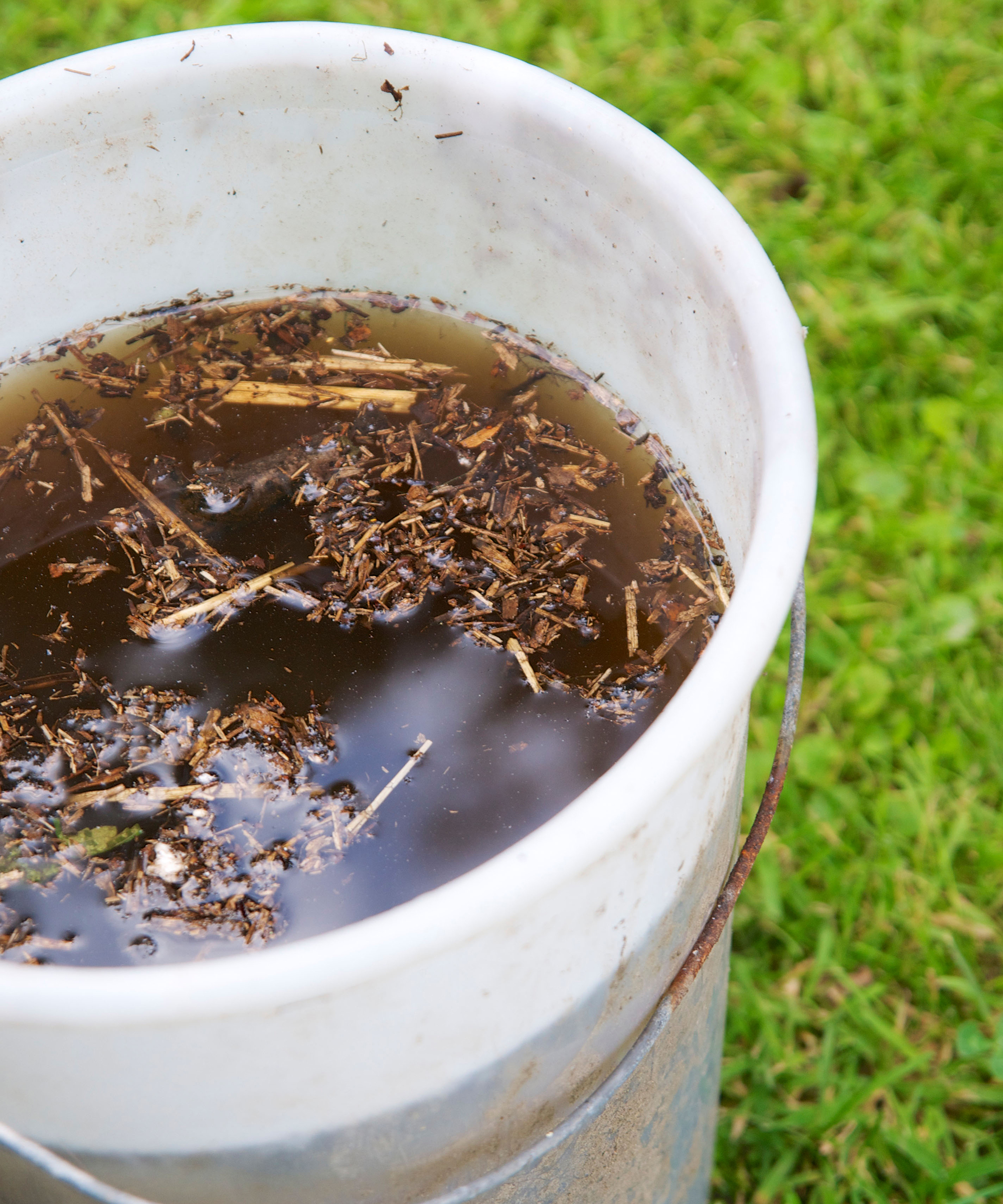
If you compost yard and kitchen waste, you have an excellent starter for liquid fertilizer. Compost provides a wide range of nutrients, but in its solid form must be mixed into the soil. Make a compost tea for a liquid fertilizer you can use at any time to boost plant health and growth.
First, remove any larger pieces of waste from compost that has not fully broken down. Use the well-decomposed matter and add it to a bucket until it is about one-third full. Fill the bucket the rest of the way with water and let it sit for one or two weeks.
Strain the mixture and use the liquid to water plants. It’s best to use the mixture as soon as you strain it, but you can make more throughout the growing season, applying it every couple of weeks.
3. Manure Tea
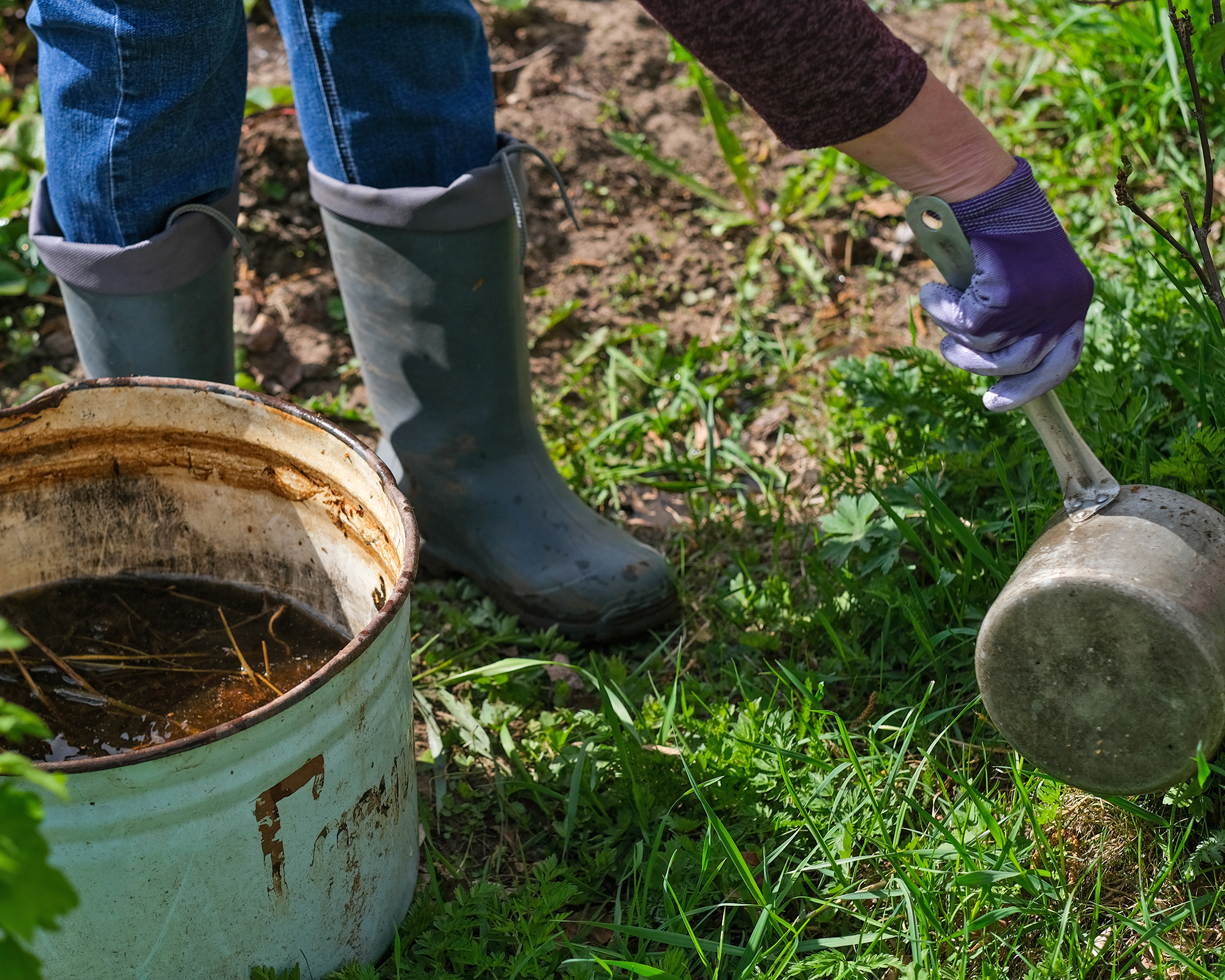
If you have farm animals, make manure tea for a big nitrogen boost. Keep in mind that too much nitrogen can be a problem, especially for flowering or fruiting plants. Excess nitrogen promotes leaf growth over flowers. Use this tea if you know your plants need more nitrogen or to feed those you grow for foliage.
Fill one-third of a bucket or other container with manure and fill with water. Let it sit for a few days, stirring daily. Strain the tea or let the manure settle to the bottom and pour off the liquid to use. Dilute the tea if necessary. The color should be similar to iced tea, or it will be too strong. Apply to plants every week or two.
You can use waste from chickens, ducks, geese, rabbits, horses, cows, or sheep to make manure tea. Do not use manure from cats, dogs, or other carnivores, as this kind of waste may contain harmful pathogens.
4. Banana Peel Tonic
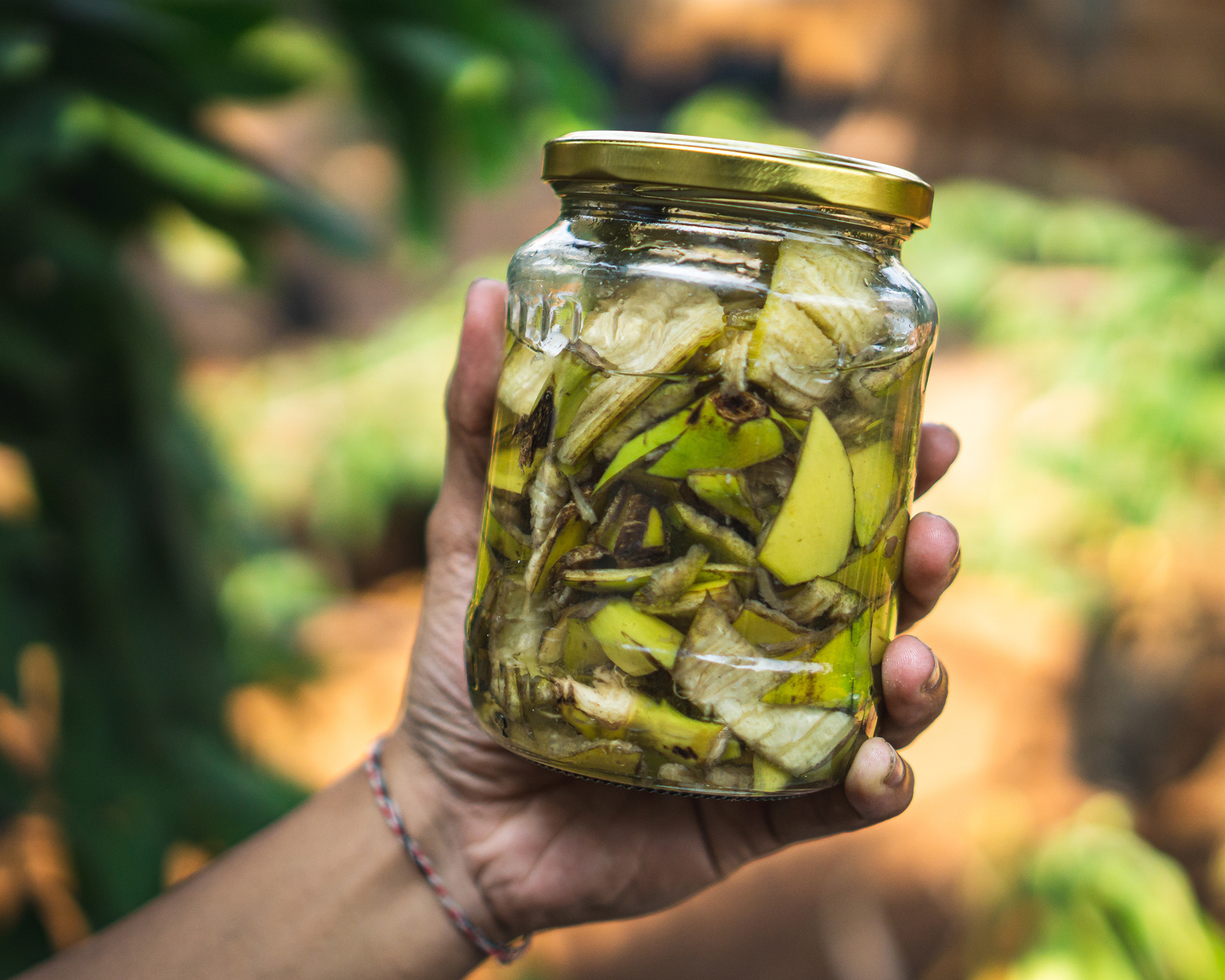
For an easy way to reuse banana peels in the garden, keep a pitcher or jar of water in the refrigerator and add your peels to it as you eat bananas. The cold temperature will keep them from getting too stinky. After about a week, strain the mixture to get a potassium-rich tea.
Use it to boost flowering and fruit production on plants like tomatoes, peppers, and squash. Apply it to seedlings and to plants every couple of weeks throughout the growing season.
You can also compost banana peels to enrich your homemade compost.
5. Eggshell Tonic

A tea made from eggshells provides calcium, a micronutrient that benefits many plants. Use this tonic in your vegetable garden to promote healthy growth and prevent blossom end rot.
To make calcium fertilizer, boil 10 to 12 empty and clean eggshells in a gallon of water. Remove the mixture from the heat and let it sit for 24 hours or longer. Strain the mixture and use the liquid to water your plants. You can also use the water left over from making hardboiled eggs as long as you do not salt the water.
Homemade liquid fertilizer for plants is easy to make, gives a second life to yard and kitchen waste, and benefits growing plants. Make and use tonics as needed in spring, throughout the summer, and year-round for potted houseplants.

Mary Ellen Ellis has been gardening for over 20 years. With degrees in Chemistry and Biology, Mary Ellen's specialties are flowers, native plants, and herbs.
-
 Looking For Plants To Give You The Soft And Fuzzies? Try These 5 Fuzzy Leaf Plant Options
Looking For Plants To Give You The Soft And Fuzzies? Try These 5 Fuzzy Leaf Plant OptionsLovers of texture, drama, silver foliage and tactile plants will adore these special sensory garden additions. These fuzzy leaf plant options will leave you all aglow
By Susan Albert
-
 Get Ready For A Summer Of Hummers! Grow These Full Sun Hummingbird Plants and Flowers
Get Ready For A Summer Of Hummers! Grow These Full Sun Hummingbird Plants and FlowersIf you’re lucky enough to enjoy a sunny backyard, make sure you are maxing out on your pollinator opportunities and grow these full sun hummingbird plants and flowers
By Tonya Barnett